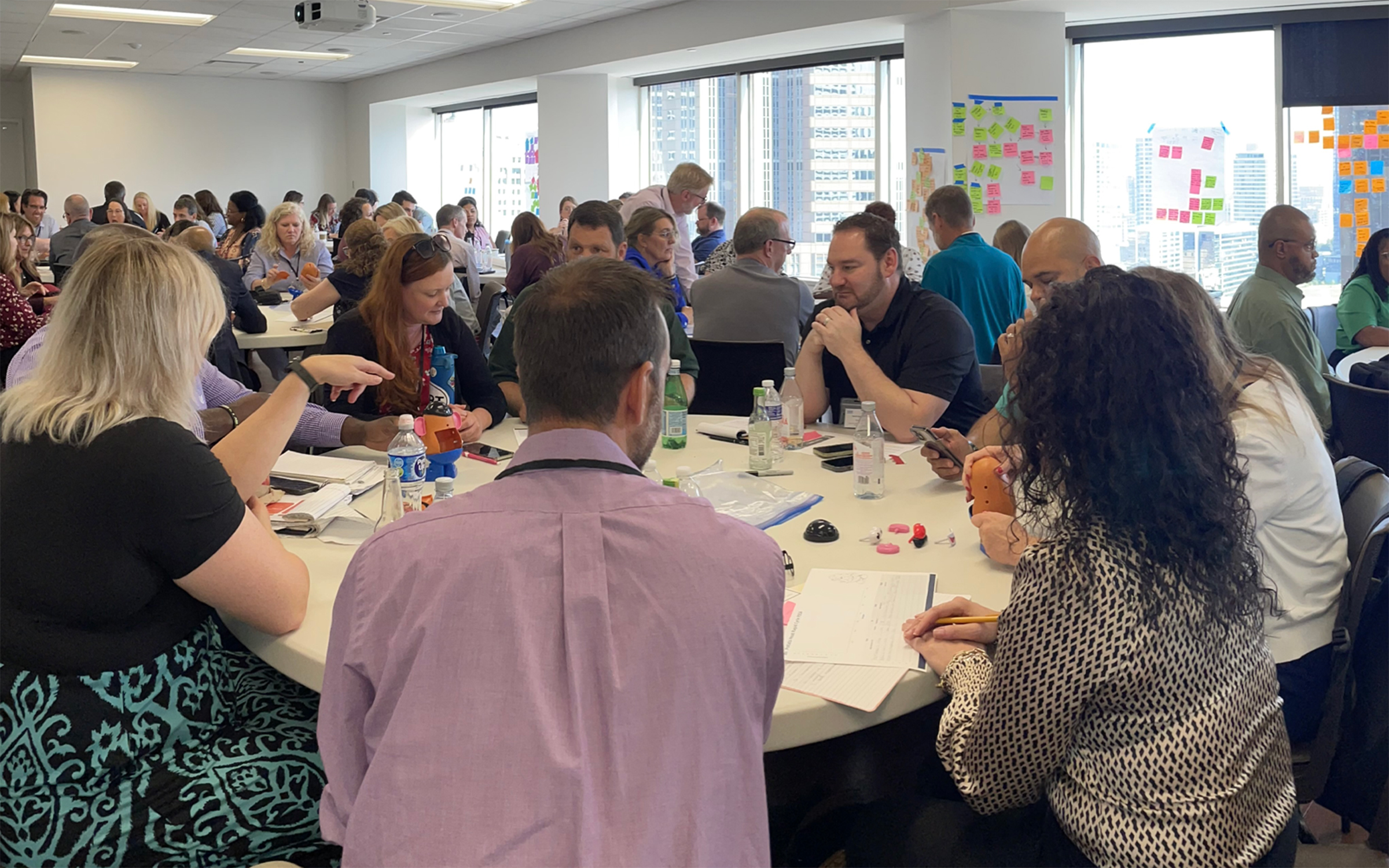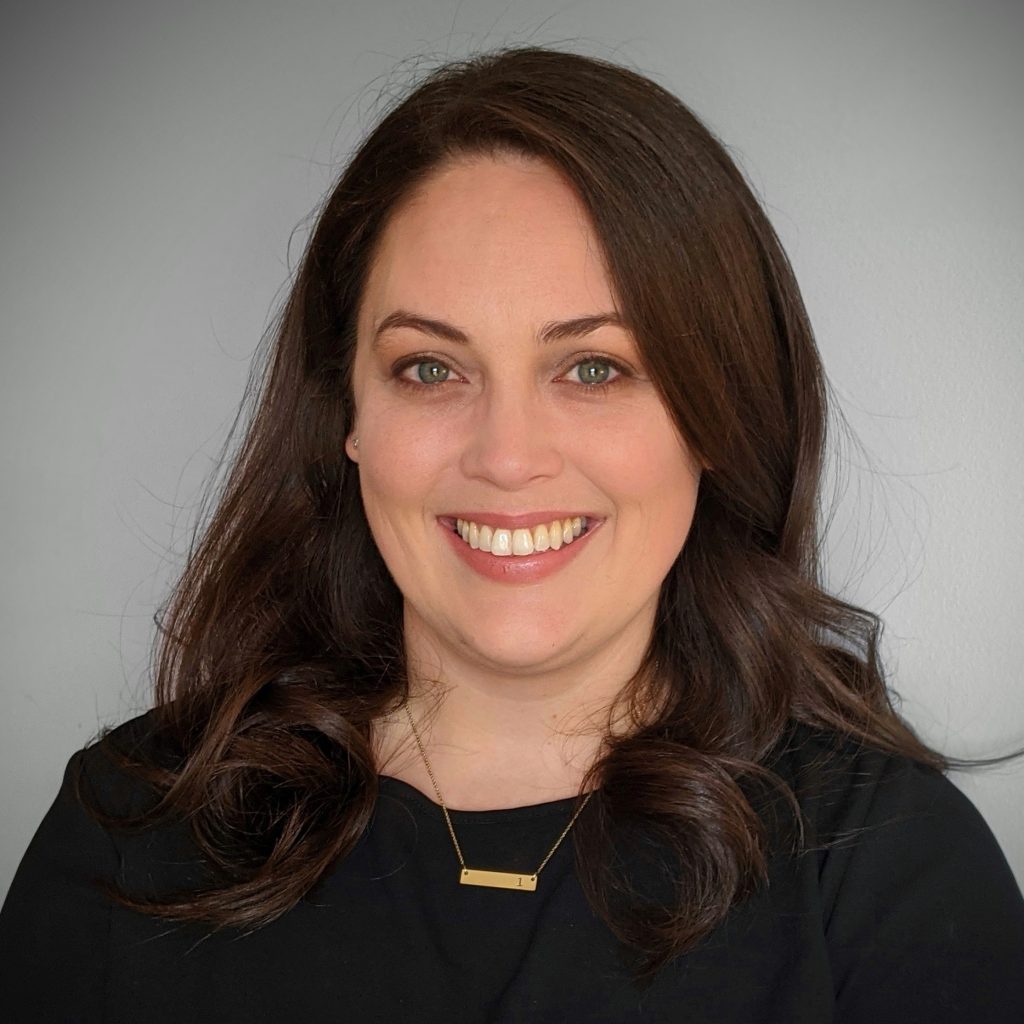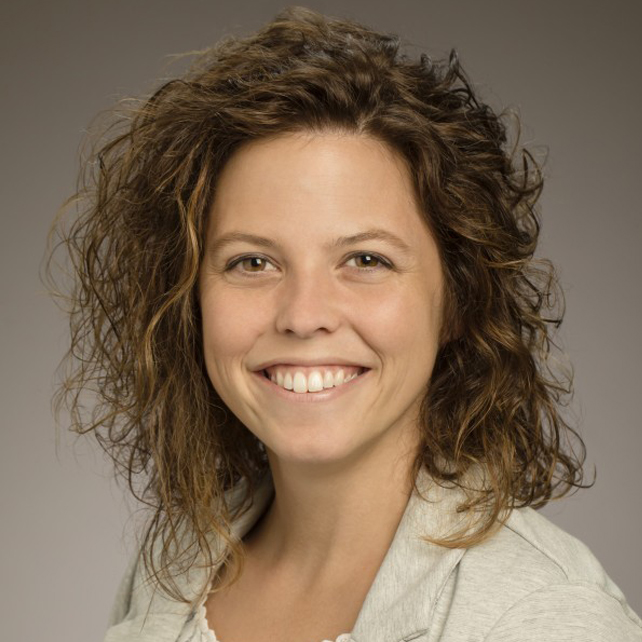About Us
NASH's Improvement Science Journey
Drawing inspiration from the Institute of Health Care Innovation Breakthrough series (IHI, 2003), the NASH Improvement Science approach was designed to apply Improvement Science methodology to key problems of practice identified by member systems as high priorities. Existing Improvement Science models from partner organizations such as the Carnegie Foundation and the Institute for Healthcare Improvement were studied and adapted to the public higher education context via ‘NASH Improvement Communities’ (NICs) that applied a modified organizational structure and methodology for application to higher education problems of practice.
In 2022, NASH launched three NICs and since its inception, over 200+ campus team members have participated in a NIC. In just two years, NASH has demonstrated that the concept of bringing rigorous improvement science to higher education works!
WHY Improvement Science in Higher Education?
Improvement science aims to bridge the knowledge gap between what works and how to make it work across variable organizational settings. Ideas for change are created based on the best available knowledge and generated by those closest to the problem. Participants engage in very small initial tests of change through iterative, rapid action cycles. The tests expand from small, initial tests to wide-scale tests of change over successive cycles. The process enables participants to “fail before scale,” with an end goal of identifying successful change ideas that can be implemented reliably at scale and across settings.
Within higher education, improvement science offers an effective set of tools to solve for both operational and cultural barriers to change, including organizational paralysis, “solutionitis,” low organizational trust, and fear of failure.

WHY Improvement Science in Higher Education?
Improvement science aims to bridge the knowledge gap between what works and how to make it work across variable organizational settings. Ideas for change are created based on the best available knowledge and generated by those closest to the problem. Participants engage in very small initial tests of change through iterative, rapid action cycles. The tests expand from small, initial tests to wide-scale tests of change over successive cycles. The process enables participants to “fail before scale,” with an end goal of identifying successful change ideas that can be implemented reliably at scale and across settings.
Within higher education, improvement science offers an effective set of tools to solve for both operational and cultural barriers to change, including organizational paralysis, “solutionitis,” low organizational trust, and fear of failure.
The NASH Center for Post-Secondary Improvement is fulfilling its commitment to advancing higher education through improvement science. This is achieved by:
- Introducing and inspiring higher education professionals to the principles of improvement science.
- Educating professionals through a variety of learning opportunities, including customized workshops and engagements
- Providing structured opportunities for practitioners to apply and practice improvement methodologies
Do you want to learn more about our current Improvement Science initiatives?




